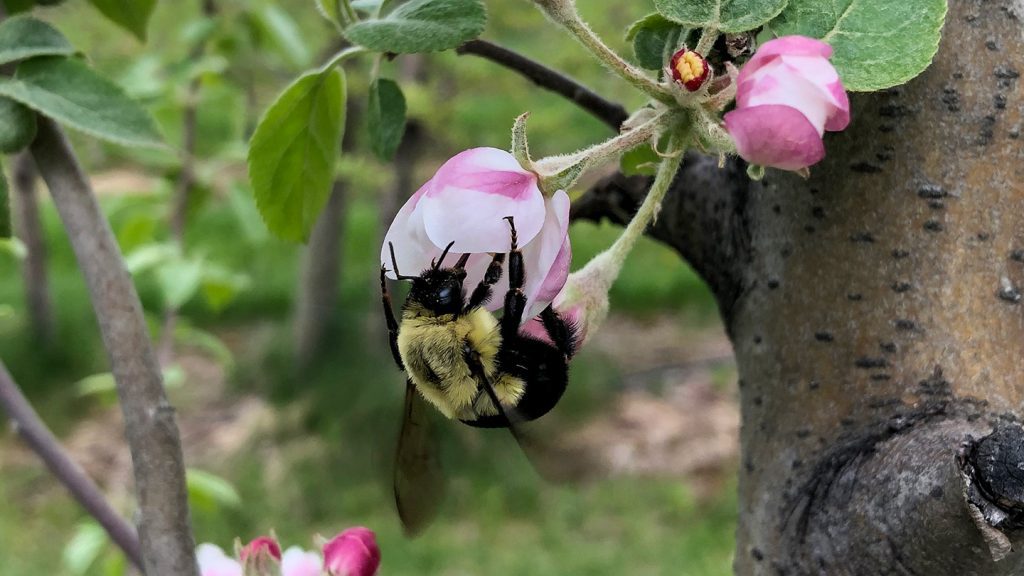Being a bumblebee queen is a tough job. In order to start a colony in the spring, the pregnant queen must survive the winter by hibernating alone in the ground, where she's at risk of things like floods.
It turns out these bee queens are really good at surviving underwater. Researchers discovered that hibernating bumblebee queens can stay alive when submerged in water for up to a week.
Bee experts Sabrina Rondeau and Nigel Raine were studying how hibernating queens react to pesticide exposure. pesticide exposure (SN: 3/29/12). Condensation in the refrigerator storing the dormant bees in Raine’s lab at the University of Guelph in Canada accidentally caused four of the vials housing queens to flood, the pair describe April 17 in Biology Letters.
At first, Rondeau was very worried. She thought the queens were dead. However, to her surprise, when she picked them up with forceps, they started moving — definitely alive.
Rondeau and Raine decided to test how waterproof bumblebee queens actually are. They used 143 common eastern bumblebee queens left over from another experiment. Seventeen queens were not submerged underwater, while the rest were either submerged or left floating on the water’s surface for eight hours, 24 hours, or one week. All the bees were kept in separate vials and stored at cold hibernation temperatures.Bombus impatiens) left over from another experiment (these bees are available commercially, and weren’t collected from the wild). Seventeen queens served as controls and weren’t submerged underwater, while the others were either submerged or left floating on the water’s surface for either eight hours, 24 hours, or one week. All the bees were housed in individual vials and stored at cold hibernation temperatures.
The purpose was to simulate potential real-world flooding situations, where a queen’s hibernation chamber could be filled with water or partially submerged. It's not known how often this happens. There are few observations of bumblebees overwintering in the wild, but queens are generally found to prefer sloped ground and sandy soils that are unlikely to flood. Despite this, it seems the insects are ready for disasters.
It turned out that the four queens who survived accidental fridge flooding were hardly exceptions. Out of the 21 queens that were submerged for seven days and then allowed to continue hibernating, 17 were still alive eight weeks after being in water. This survival rate was not significantly different from the 17 bees that were never submerged — 15 of them survived to eight weeks.
When they first took the queens out of the water, Rondeau says they looked like bees that you'd rescue from a swimming pool. However, after a day back in the refrigerator, “they are fluffy again, beautiful, like nothing happened,” she says. “Extremely surprising.”
The discovery brings up a lot more questions, Raine says. “Does it affect their ability to found colonies? Does it affect reproductive success of the colony?”
There’s also the question of how the queens manage to survive being underwater for so long. Many adult insects have adaptations to help them avoid drowning, such as closing their spiracles — the body openings they breathe through — to prevent water from getting in. Rondeau believes that the queens' reduced metabolism during hibernation also helps, as they can go longer with their spiracles closed than they could if they were fully awake and active.
Elizabeth Crone, a biologist at the University of California, Davis, says that the bumblebee life cycle reveals how much there is still left to learn. While their interactions with flowers are well studied, we know very little about their nesting, hibernation, and reproduction.



